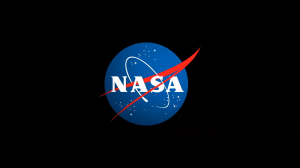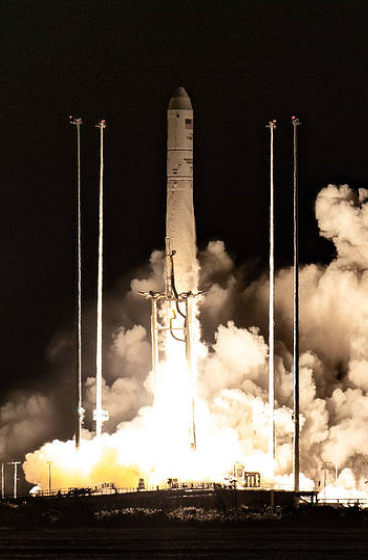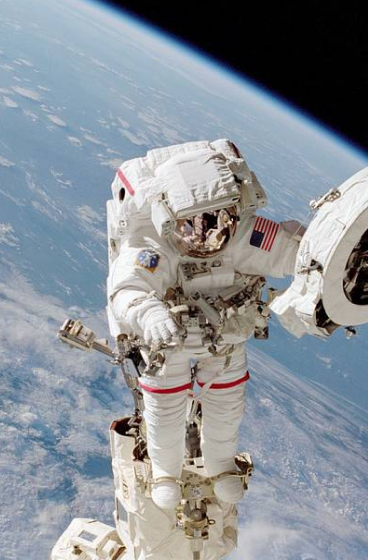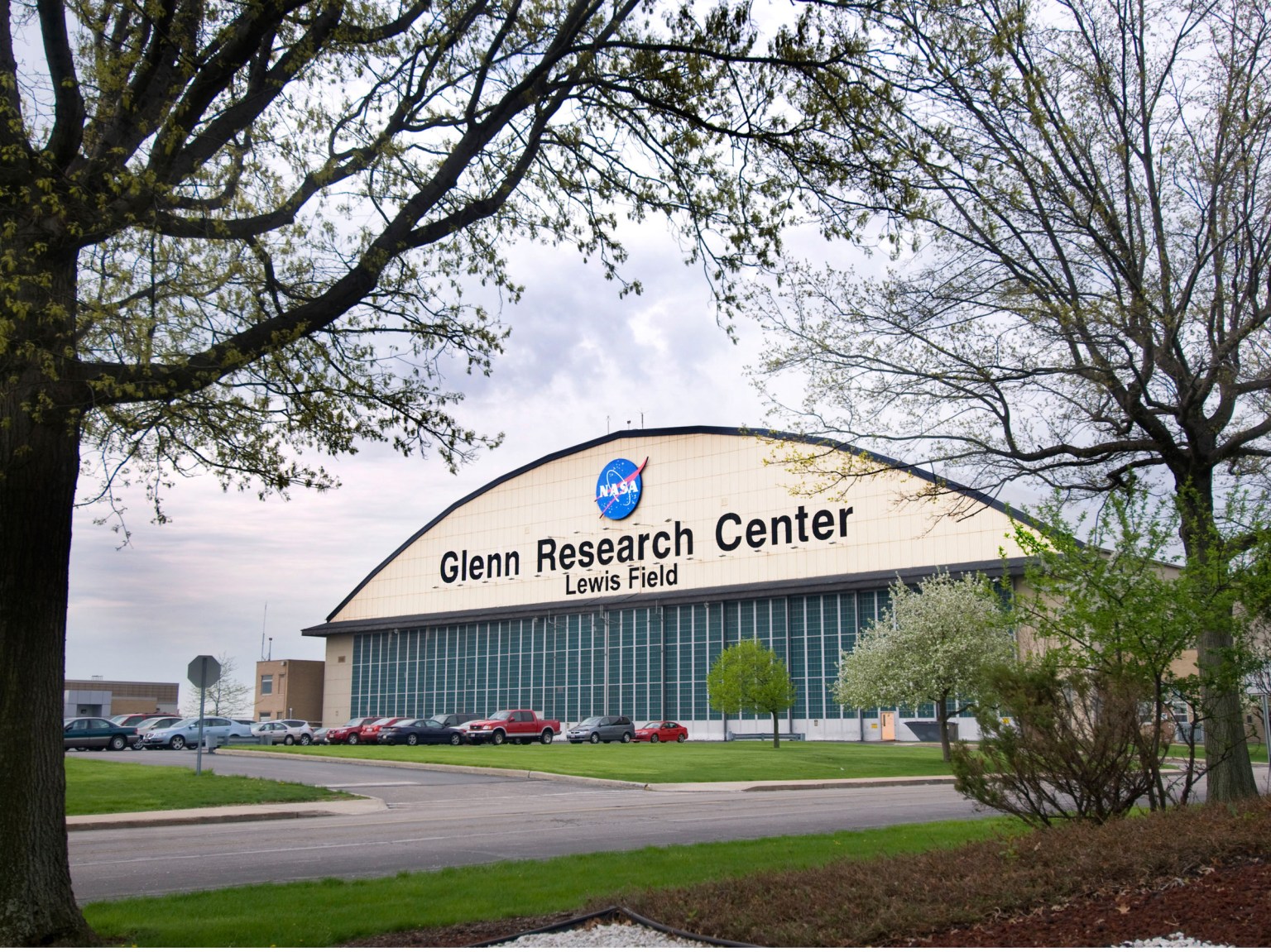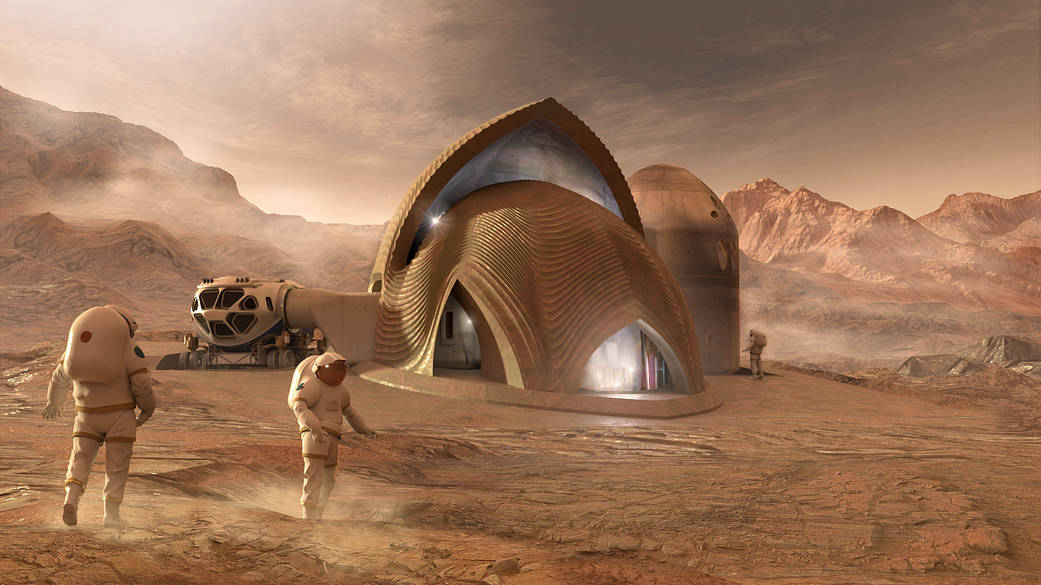NASA-Developed Printable Metal Can Take the Heat
- NASA has developed a new metal alloy called GRX-810 that can withstand extreme temperatures, making it possible to print high-heat parts affordably using 3D printing.
- The GRX-810 alloy, which includes nickel, cobalt, and chromium, is strengthened by a ceramic oxide coating that increases its heat resistance and improves performance.
- GRX-810 has shown significant benefits over common alloys, with the ability to last up to a year at 2,000°F under stress loads that would crack other alloys within hours.
- The alloy enables more complex shapes in 3D printing compared to traditional metal manufacturing methods, and Elementum 3D is producing GRX-810 for customers in small batches to over a ton.
- GRX-810 has applications beyond space exploration, including testing by commercial companies such as Vectoflow, which could improve airplane fuel efficiency and reduce emissions.
3 min read
Preparations for Next Moonwalk Simulations Underway (and Underwater)
Until now, additive manufacturing, commonly known as 3D printing, of engine components was limited by the lack of affordable metal alloys that could withstand the extreme temperatures of spaceflight. Expensive metal alloys were the only option for 3D printing engine parts until NASA’s Glenn Research Center in Cleveland, Ohio, developed the GRX-810 alloy.
The primary metals in the GRX-810 alloy include nickel, cobalt, and chromium. A ceramic oxide coating on the powdered metal particles increases its heat resistance and improves performance. Known as oxide dispersion strengthened (ODS) alloys, these powders were challenging to manufacture at a reasonable cost when the project started.
However, the advanced dispersion coating technique developed at Glenn employs resonant acoustic mixing. Rapid vibration is applied to a container filled with the metal powder and nano-oxide particles. The vibration evenly coats each metal particle with the oxide, making them inseparable. Even if a manufactured part is ground down to powder and reused, the next component will have the qualities of ODS.
The benefits over common alloys are significant – GRX-10 could last up to a year at 2,000°F under stress loads that would crack any other affordable alloy within hours. Additionally, 3D printing parts using GRX-810 enables more complex shapes compared to metal parts manufactured with traditional methods.
Elementum 3D, an Erie, Colorado-based company, produces GRX-810 for customers in quantities ranging from small batches to over a ton. The company has a co-exclusive license for the NASA-patented alloy and manufacturing process and continues to work with the agency under a Space Act Agreement to improve the material.
“A material under stress or a heavy load at high temperature can start to deform and stretch almost like taffy,” said Jeremy Iten, chief technical officer with Elementum 3D. “Initial tests done on the large-scale production of our GRX-810 alloy showed a lifespan that’s twice as long as the small-batch material initially produced, and those were already fantastic.”
Commercial space and other industries, including aviation, are testing GRX-810 for additional applications. For example, one Elementum 3D customer, Vectoflow, is testing a GRX-810 flow sensor. Flow sensors monitor the speed of gases flowing through a turbine, helping engineers optimize engine performance. However, these sensors can burn out in minutes due to extreme temperatures. Using GRX-810 flow sensors could improve airplane fuel efficiency, reduce emissions and hardware replacements.
Working hand-in-hand with industry, NASA is driving technology developments that are mutually beneficial to the agency and America’s space economy. Learn more: https://spinoff.nasa.gov/


